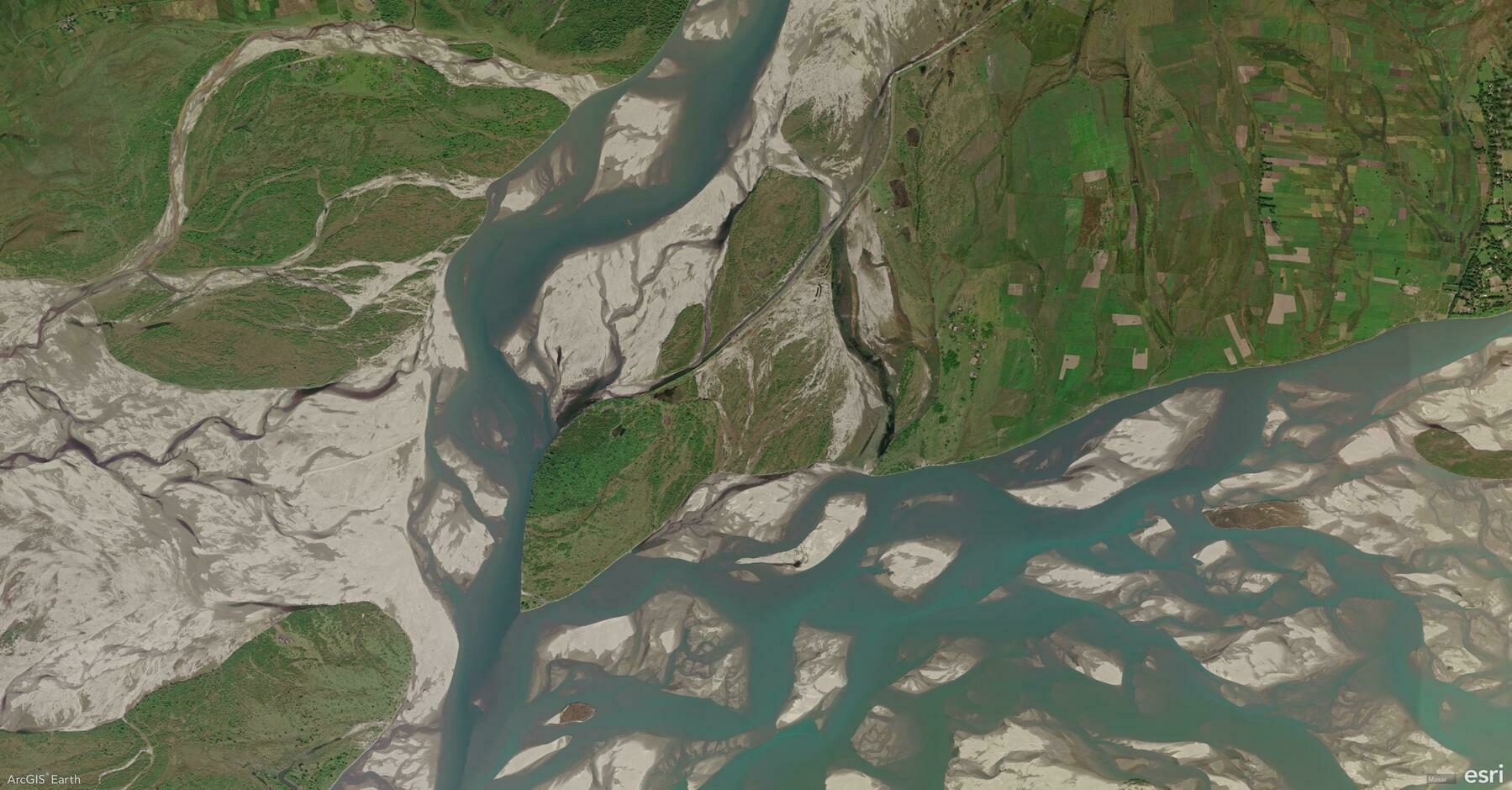Did you know?
ArcGIS Earth’s Daylight Tool lets you visualize sunlight and shadow movement across any location at different times of the day and year. Whether you’re analyzing building shadows, planning solar energy installations, or assessing seasonal daylight impact, this tool brings a new level of realism and insight to your 3D scene.
🛠️ How to Use the Daylight Tool for Advanced Analysis:
1️⃣ Simulate Sunlight at Any Time & Date 🌞⏳ Activate the Daylight Effect and use the time slider or calendar selector to observe how the sun’s position changes throughout the day and across seasons. This is crucial for urban development, solar potential studies, and landscape design.
2️⃣ Animate Sunlight to Show Changes Over Time 🌅🎥 Enable Animate Sunlight and Shadows to visualize daily or yearly cycles. This helps analyze how shadows shift over time, which is key for protecting parks from high-rise shading, ensuring optimal daylight exposure, and improving building placement.
3️⃣ Fine-Tune Visibility with Shadows and Time Zones ☁️🕰️ Turn on Show Shadows to understand how terrain and structures interact with sunlight. Adjust the time zone for accurate sun positioning worldwide, ensuring reliable analysis for global projects.
🚀 Pro Tips:
1️⃣ Use daylight animation to create seasonal shadow impact studies for urban planning. 2️⃣ Bookmark specific daylight settings to compare sun angles across different seasons. 3️⃣ Adjust atmospheric effects for more realistic lighting and shading.
